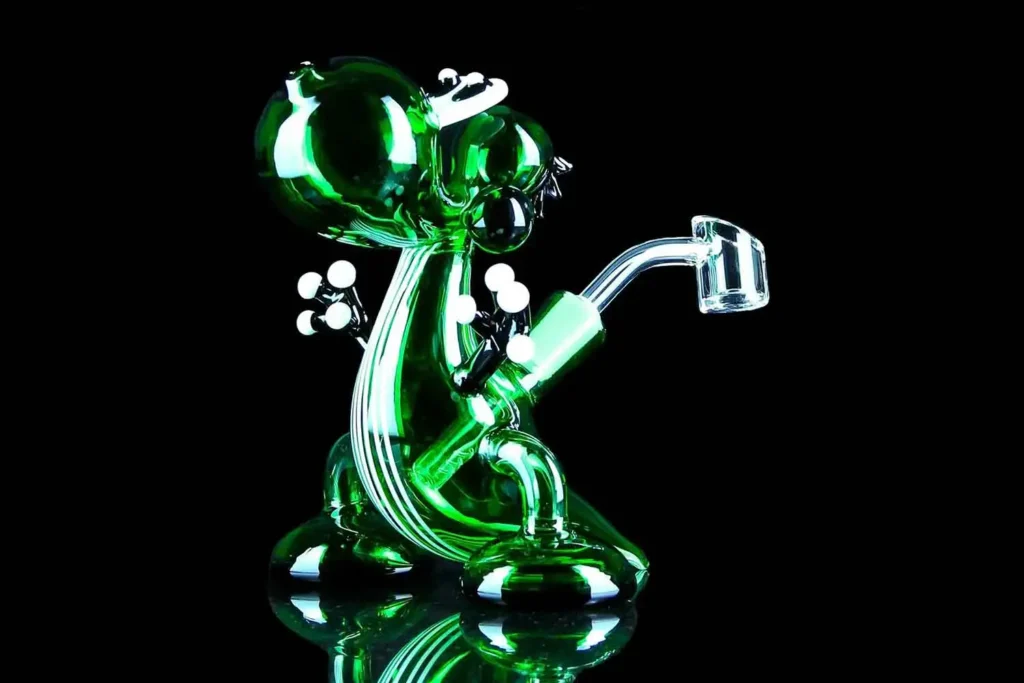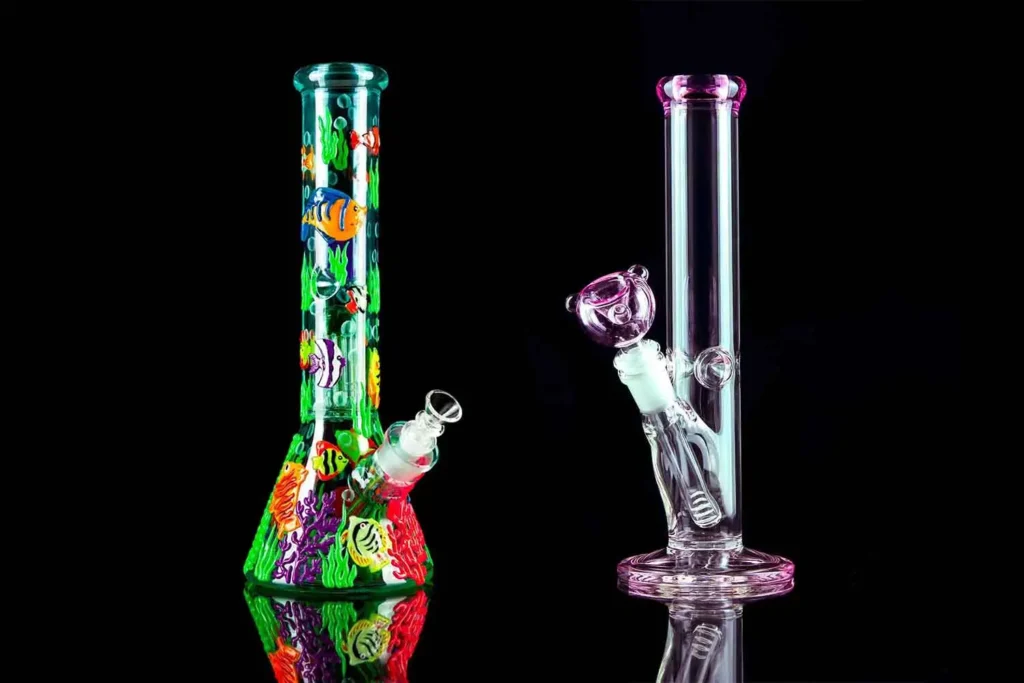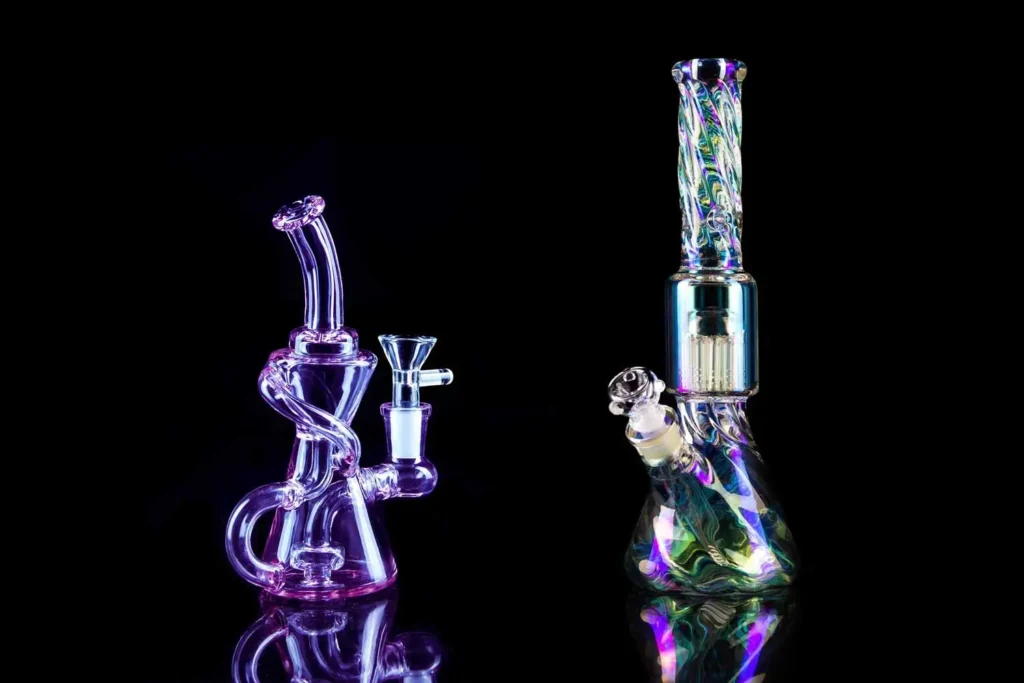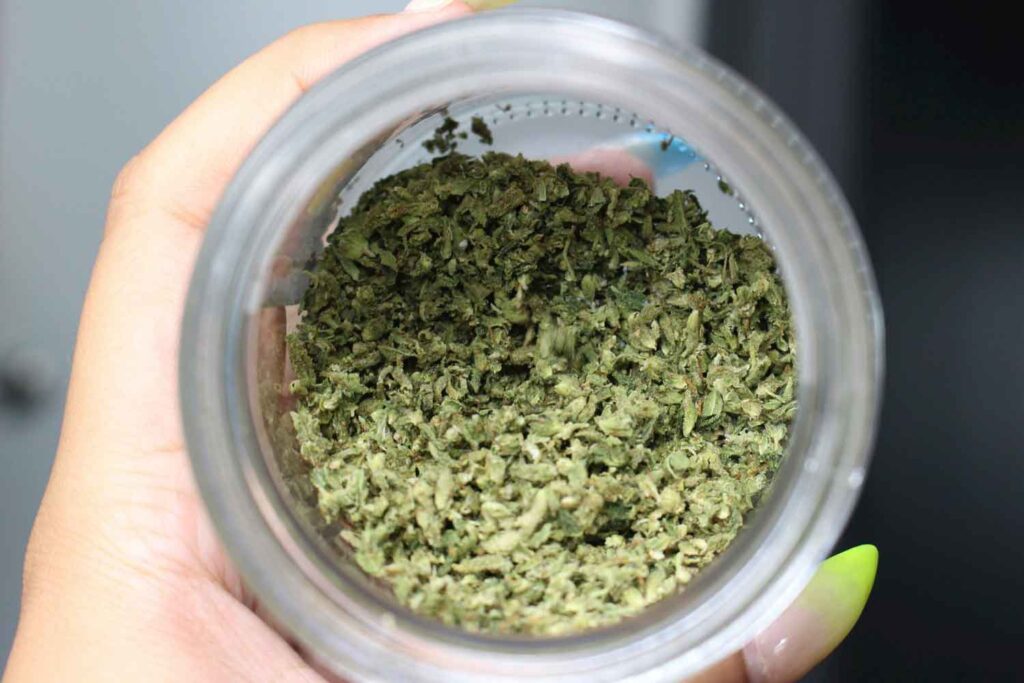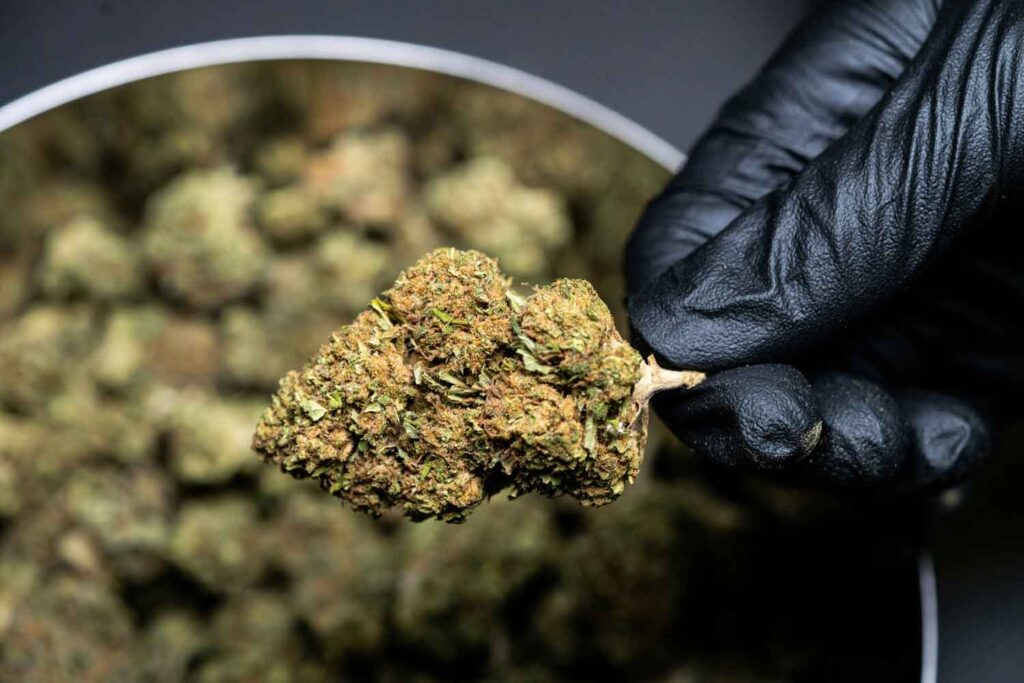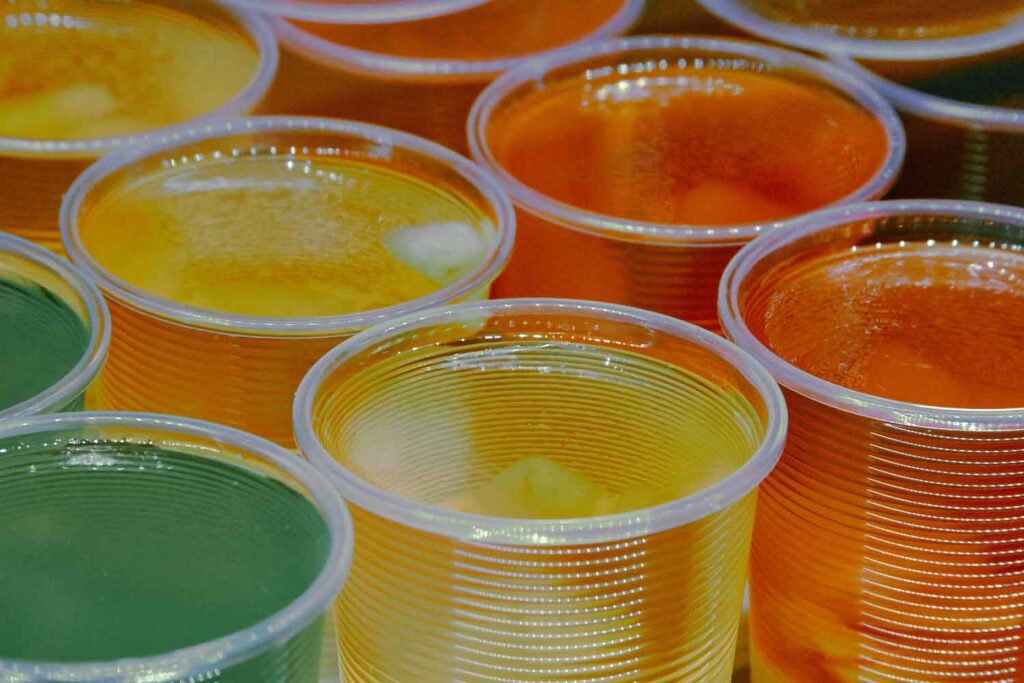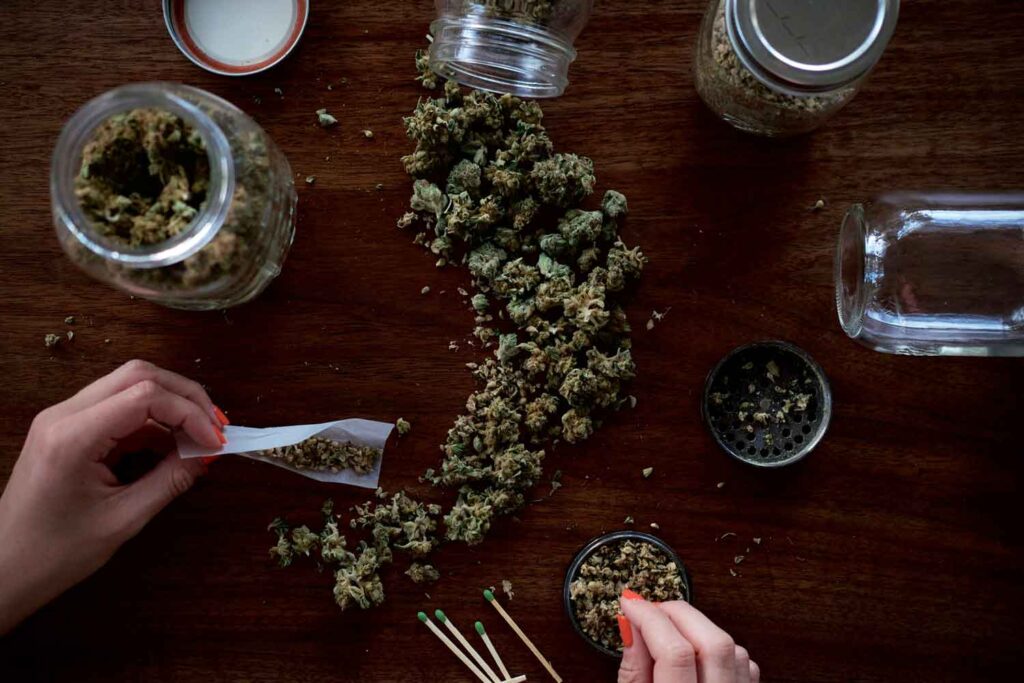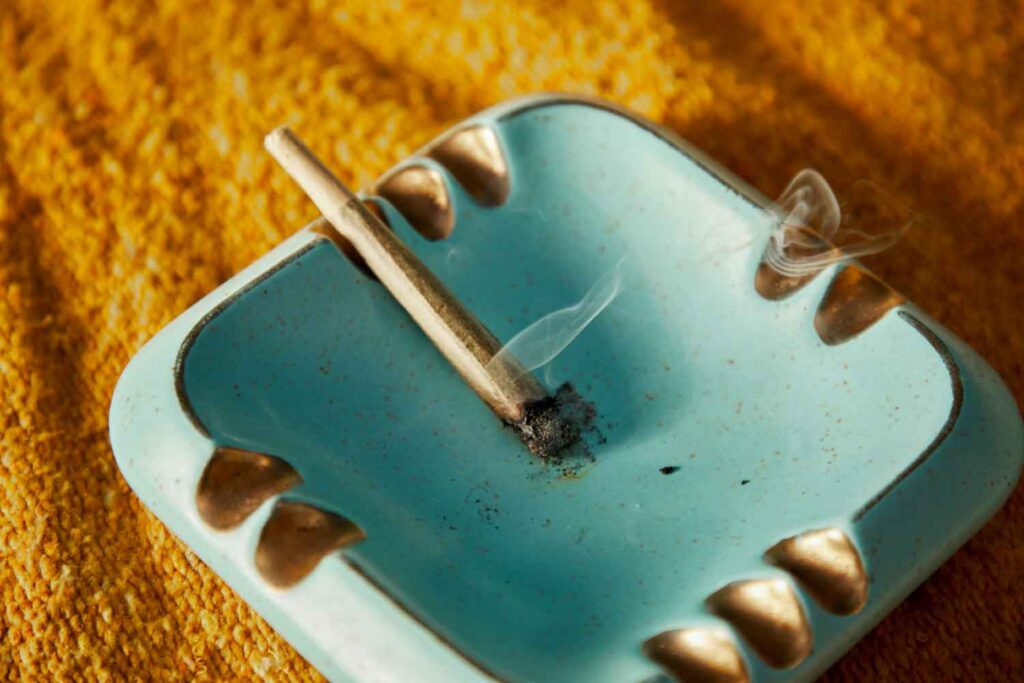Cured Resin vs Live Resin
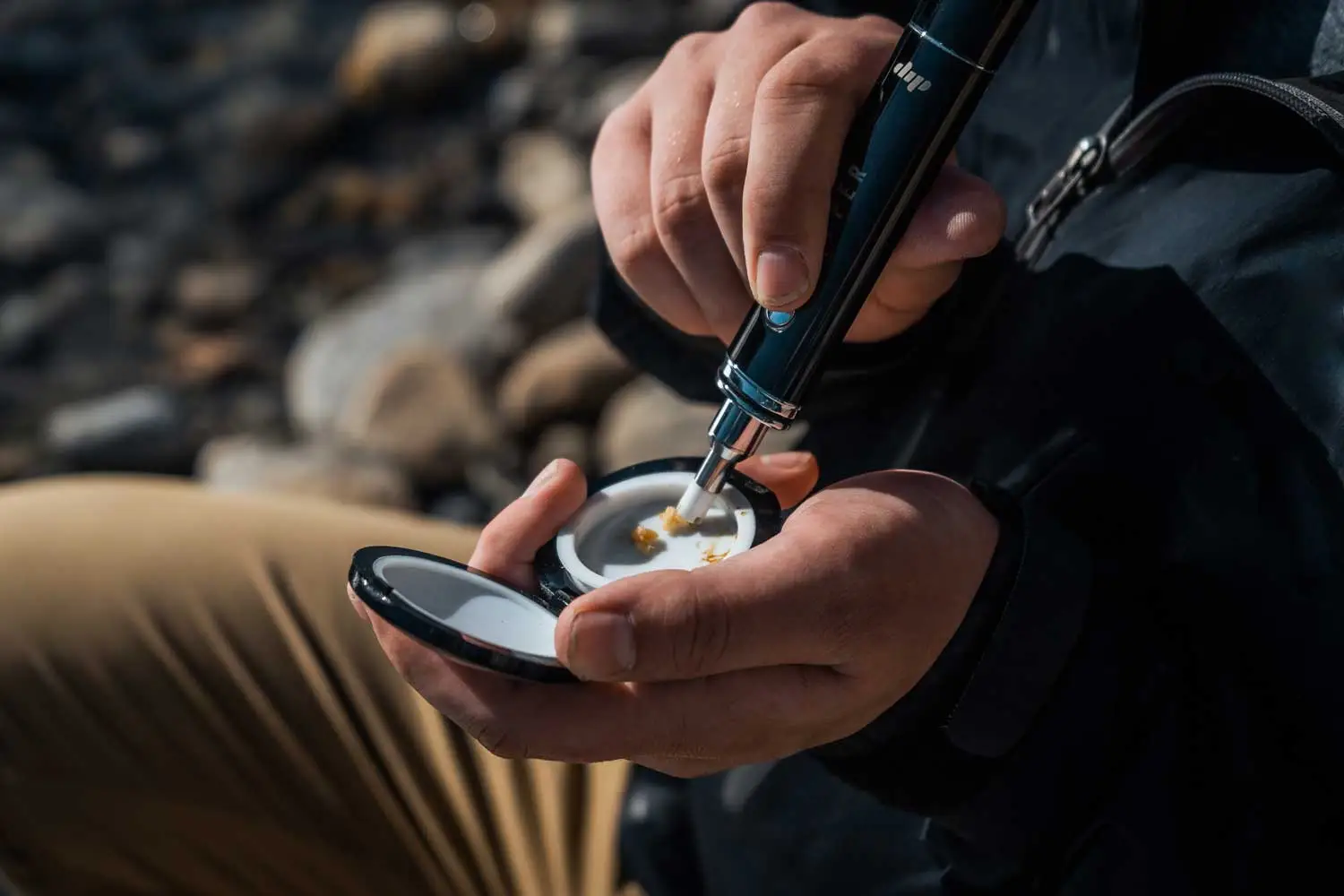
Concentrates such as cured and live resin have become popular among cannabis enthusiasts mainly due to their high potency of 80 -90% THC. However, there has been much debate on which is the best concentrate. This can be confusing, especially to novice consumers. Here is our breakdown of the differences between cured resin vs live resin including potency, high, terpene profile and how each is made.
Photo: Unsplash
What is cured resin?
As the name suggests, cured resin is a concentrate made from cannabis flowers that have already been cured.
Curing cannabis plays an important role. For starters, it helps prevent the growth of mold and mildew, which can be harmful when consumed. It also helps boost flavor and potency.
How to cure resin
Once the mature cannabis buds have been harvested, they can be dry or wet-trimmed. In dry trimming, the drying happens first, and the buds are trimmed, but in wet trimming, the opposite happens.
However, the drying process shouldn’t be too short or too long. Too short, and the outside of the buds will be dry while the inside won’t be; too long, and you increase chances of mold growth.
The drying process usually takes 2-7 days, but the duration depends on the trimming method. When you wet-trim your buds, the process will be shorter as there is less plant matter to dry.
Once you have dried buds, it’s time to move to the next step: curing them. Place your already dry buds in airtight glass jars. However, opening these jars to ‘burp’ them is important to maintain the ideal humidity.
How to burp curing jars
Here is a guideline on how to burp your curing jars correctly:
Week 1: in the first week of drying, burp your jars once daily for 30 minutes. Also, make sure you check for any sign of mold. Then, toss the buds around a bit to ensure even curing.
Week 2: the nuggets have lost most of the residual moisture by this week. Burp your jars for 30 minutes after every two days.
Week 3-6: open your jars only once every two weeks during this period.
After week 6- if you continue to cure your buds beyond week 6, you’re only required to only burp the jars once per month.
You can also invest in a digital hygrometer that will give you an accurate humidity reading; hence, you’ll burp only when necessary. However, the relative humidity should be maintained above 55% but below 70% to avoid mold and mildew growth.
Once the buds are cured, they undergo a solvent-based or solvent-less extraction process to make cured resin.
One of the common solventless extraction processes is using ice water to break off the resin-filled trichrome from the plant.
Regarding solvent-based extractions, most growers use butane or ethanol in a closed-loop setup to remove the cannabinoids and terpenes.
How to cure resin faster?
Here are ways to speed up the curing process:
Increase airflow
Airflow will determine the amount of water lost. Thus, increasing the airflow ensures the buds lose moisture quickly. You can install fans to increase the airflow. However, avoid cranking them too high, which may over-dry the buds.
Break down the buds
When you break down the nuggets into smaller pieces, more surface area will be exposed, making maintaining an even relative humidity easier.
What is live resin?
Now that you know what cured resin is, let’s discuss another popular concentrate: live resin.
Live resin is a cannabis concentrate from freshly harvested, flash-frozen, uncured buds. As it’s derived from fresh nuggets, live resin is known to preserve freshness and the strain’s terpene profile.
The frozen plant matter is subjected to a solvent-based extraction process to extract the live resin. Most processors use a hydrocarbon blend of butane or propane to separate the valuable cannabinoids and terpenes from the plant matter.
Then, the extracted compounds mixed in solvent are collected and purged to remove any residuals. The mixture is heated on low heat to evaporate the solvent.
Once all the solvent has been removed, the live resin is collected and stored in dark, airtight containers to maintain its unique terpene and potency.
Live resin vs live rosin: What’s the difference?
The major difference between the two lies in how they’re made. As mentioned above, live resin is extracted by passing the frozen matter through butane or propane solvents. Live rosin, however, is made using just heat and pressure, no solvents.
Most consumers refer to live rosin as a ‘cleaner’ product as the extraction process doesn’t involve using chemical solvents.
This begs the question: is live resin dangerous? If the solvents are not properly removed, they can have adverse health effects on the consumer, such as lung damage. Also, using highly flammable solvents to extract live resin can lead to accidents and injuries.
For this reason, it’s advisable to leave the extraction process to the professionals and only purchase your live resin from reputable brands.
Cured resin vs live resin: which is stronger?
The potency between the two depends on more than the extraction process. Other factors, such as strain used, will affect the potency level of both concentrates.
The unique extraction process when making live resin ensures the plant maintains most cannabinoids and terpenes. These work together synergistically to elevate the trip through the entourage effect.
Although cured resin is a highly potent concentrate, the effects might be perceived as slightly different, as some terpenes can be removed during the drying and curing process.
Difference between live and cured resin
The live resin concentrate has an impressive flavor and terpene profile. However, the one you’ll choose will depend on your personal preferences and needs.

